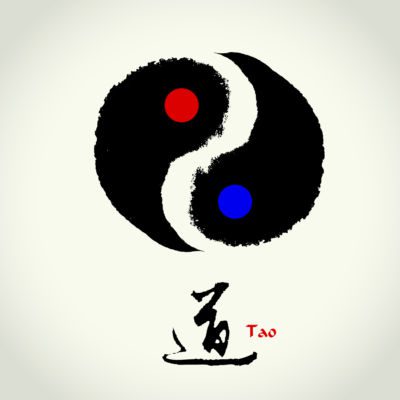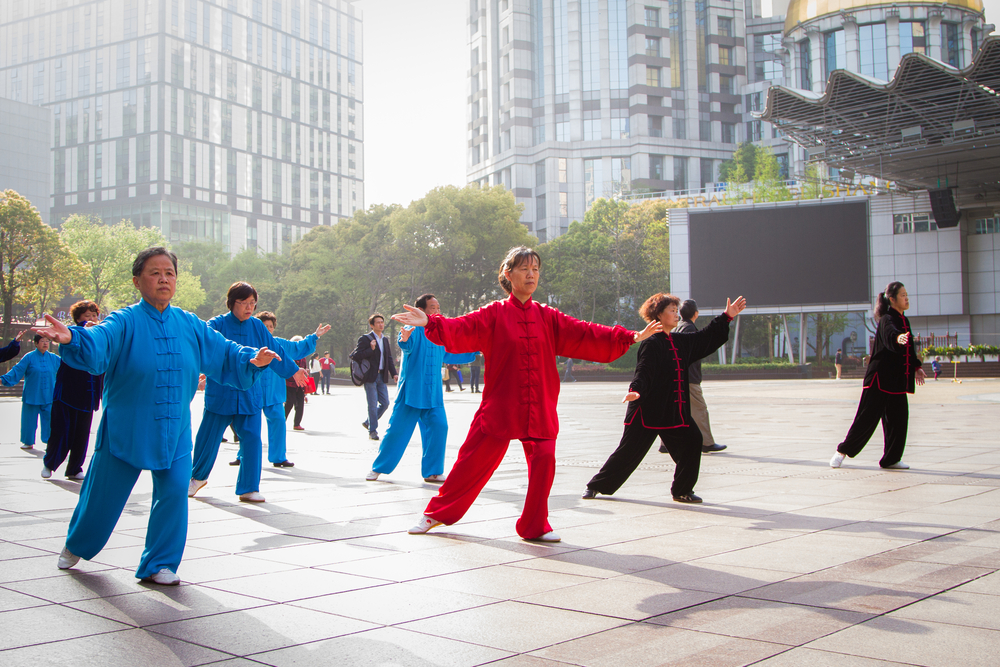Traditional Forms and Applied Principles
What are Traditional Qi Gong Forms?
Forms are choreographed and repetitive routines that are an essential aspect of Qi Gong practice.
Your nervous system learns through precise repetition and refinement – which is why these practices have been passed down for thousands of years.
Qi Gong Forms you will learn in Level Two
The Ba Duan Jin (8 Pieces of Brocade) is the most popular Qi Gong form in the world. This VERY thorough series of exercises will stretch and tone every muscle, nerve, and joint in your body. It was developed almost 1,000 years ago to keep an entire army fit, flexible, and healthy. This form is so famous because it is easy to remember, has different levels of precision and only takes 15 – 20 minutes to practice.
In Level Two of the Soma Dao Qi Gong Program, you will also learn the Tian Di He Yi Fa – Balancing Heaven and Earth. This form focuses on reintegrating your three Dan Tian (energy Centers) with the Sky and the Land around you.
The Deep Healing Flow – a Yoga-like form of mat work or floor work that involves deep stretching and awareness exercises that help release stress, tension, and trauma from your muscles and fascia. This form will keep you grounded and playful while you take this deep-dive into your embodied experience.
To Balance all of the forms and choreography you will be learning, you will also get to play in the ocean of Free Form Tai Chi.
“Repetition and Precision are Good for Your Brain”

Yi Jin Jing – Restructuring Your Body
The Shaolin Monastery is famous for Kung Fu and the warrior monks who trained in martial arts and mediation every day. The Yi Jin Jing process began as a way to keep the monks strong enough for battle and alert in their bodies during their many-hour daily meditation practices.
The term Yi Jin Jing describes the gradual process of transforming your connective tissue to maximize flexibility, relaxation, strength, and dexterity. To learn the entire process takes a couple of years. In Level Two, we begin this heroic and rejuvenating process with the internal principle known as ‘Internally Stretched, Externally Bound.’
Nei Gong and Breathwork

In Level One, we learned about your three Dan Tian and the basics of Breathwork.
In Level Two, we will continue our Nei Gong (Internal Cultivation) with reconnecting your Dan Tian to the Sky, Land, and weather around you, while learning Restorative and Umbilical Breathing.
If you are interested in the Soma Dao Qi Gong Teacher Training, tap on the E-book below.
If you are interested in experiencing the Level Two Qi gong Forms and Applied Principles, tap on the image below.
Level One Review – Movement, Posture, and Breath
In Level One you will have learned the core Qi Gong skills needed to explore your posture, coordination, flexibility, breath, and mindset.
- You also learned how to open to a conscious practice.
- Connect with the universal energies around you.
- Connect with your present internal energetic state.
- Explore your energetic state.
- Specific exercises to stretch, tone and challenge every joint and muscle in your body.
- Recognize the most important choices in correcting your posture.
- How to open and release stubborn tension, trauma, and ancient karmic wounds.
- In Level One, you also began your journey with both Chan Daoist (Stoic) Seated Meditation and the more involved Shamanic Embryonic Breathing – the gateway to Daoist Nei Gong – Inner Cultivation and Alchemy.
If you have not taken the Level One Training in the Soma Dao Yin Process, I encourage you to check it out.
If you have 1-2 years of qi gong, tai chi, martial arts yoga, dance you should be able to safely navigate the material in Level Two.


